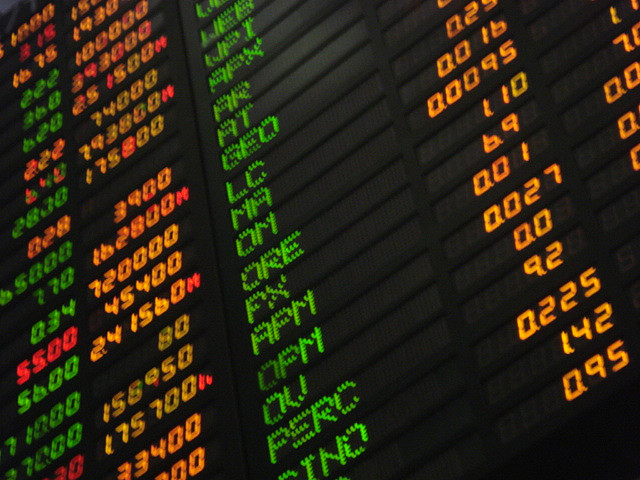The Bottom is Not Always Easy to find in a Stock
Trading is a tricky business, especially for amateurs. This is not to say that skilled traders have all the answers because it’s a complex minefield out there. The point is everyone knows the adage, ‘buy low, sell high’ but actually doing that is no mean feat. There are multiple variables that come into play and the majority of them are out of your hands as a trader. These encompass all sorts of factors such as geopolitical events, macroeconomic events, and the like. It takes quite some doing to call the bottom on any stock – especially for a fund manager, stock trader or analyst.
Fortunately, there are many factors at work when uncovering the true value of a stock. If the fundamentals are sound, there is no reason that speculative activities can’t be put on the backburner. There is tremendous value in knowing how to anticipate a stock that has bottomed out. By doing this, you will know how to tap into mega-profits because the upside potential is substantial. Finding that particular low point takes some doing, and it is near impossible to accurately and consistently forecast the bottom of multiple stocks.
Where there are Excess Buyers there are Bottoms
Several factors are available to help traders know when the time is right to invest in stocks. These include the volume, price, sectors, and buzz on the street, etc. The sector is essentially a reflection of stocks that are related. There are many examples of sectors in the stock market including retail, housing, manufacturing, and so on. Once you have identified a sector, look towards its overall performance in relation to the market to find value. But the sector alone cannot determine whether a stock has bottomed out. You will need to consider things like stock volume and the stock price as part of your decision-making process. Ascertaining when a stock has bottomed out is usually evident when more buyers exist – because that’s when the stock price starts to rise.
Here’s an interesting reality check for you as a trader: Sellers will not be selling their stocks when the price is too low because they stand to lose too much. So what typically happens is that the number of sellers declines as the price drops. The reversal is easy to see when the volume of trading increases and the price of the stock has appreciated. This means that demand is high and prices move accordingly. When the number of sellers is low, it means that there are many more buyers willing to buy in. Look for that inflection point so that you can get into the market.
What’s the Buzz Out There?
The most important factor to consider however is what everyone is saying. But you should be careful about what you’re listening to since you don’t want to catch the tail-end of important economic data and lose the message along the way. You may be the type of investor who believes in doing things differently – and there are plenty of investors who live by that creed. Nobody has the power of seeing through a crystal ball when it comes to the stock market. Many charlatans abound, but the fact of the matter is that common sense and insight will help you a whole lot more in determining how and when to invest in a particular stock!
Author Bio: Brett Chatz is a graduate of the University of South Africa, and holds a Bachelor of Commerce degree, with Economics and Strategic management as his major subjects. Nowadays Brett contributes from his vast expertise for the globally renowned spread betting company –InterTrader.



